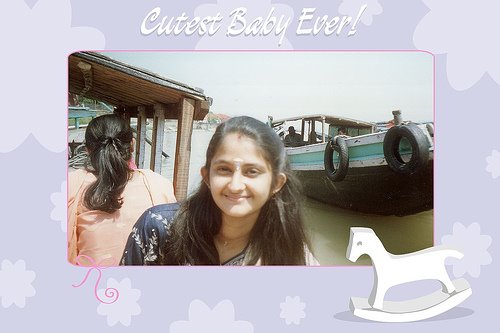When Bengal’s gain became Bangalore’s loss
Naveen Namboodiri
Mahendra Singh Dhoni and Ronaldo will vie for attention on telly over the next one month as the men in blue take on the Windies and the FIFA World Cup gets underway in Germany...
Mahendra Singh Dhoni and Ronaldo will vie for attention on telly over the next one month as the men in blue take on the Windies and the FIFA World Cup gets underway in Germany. Cricket may be religion to Bangaloreans, but come World Cup they do a volte-face. Football fever – as contagious as can be – grips Bangalore and the City returns to its roots. Yes, the beautiful game was once the IT capital’s claim to fame. Circa 1940. This was years after Bhuvan’s 11 (of Lagaan) gave their colonial masters a dose of their own medicine. A local football team put up a nail-biter against Italian war prisoners in a Cantonment camp. The locals, playing barefoot, dribbled, lobbed and headed the ball furiously giving the Italians, who played in boots, a run for their money.
Karnataka – then Mysore – was India’s Mecca of soccer. And Bangalore a nursery for sought-after footballers, who made it big in Bengal and brought India glory in the Olympics. A D Nagendra, former coach of the India under-19 team and treasurer of the Karnataka State Football Association relives the golden era of football in Karnataka. “In the early Thirties and Forties, football was a rage in the lanes and bylanes of Austin Town, Cox Town and Murphy Town. The game was played with fervour on Sullivan and Garrison grounds in Cantonment area, on the YMCA grounds and in Cubbonpet. The City boasted of clubs such as Bangalore Blues, Bangalore Sporting and Bangalore Muslims, which had formidable teams. The City hosted football tournaments like Stafford Cup and Ashgold Cup. The Muslim community produced some quality players such as Basheer, Ahmed Khan, Sattar, Rahmat and Sarmad Khan, some of whom also played for the top clubs of Bengal. The Bangalore Muslims had, in fact, won the Rovers Cup. Then there were the Tamilians: goalkeeper Anthony, Kadrivelu, Shanmugham, Vajravelu, Raman,” Nagendra says. According to Amjad Khan, deputy general secretary of the association, Cantonment has produced many football legends. “The Cantonment area became a football hub thanks to the Brits. The local players honed their skills playing against the colonial rulers and their prisoners. Companies such as HAL, ITI, CIL, LRD, BEL and had great teams which played quality football. Krishnaji Rao and I were part of the CIL team which won the Staffford Cup. Post-Independence, however, the clubs died a natural death. Most of the players moved north to play for cash-rich Bengal and Goa clubs. Some of our greatest footballers – Venkatesh, Dhanraj, Dam-odaran, Masum, Ramanna, Lakshmi Narayana, Murugesh, Muthu, Arumainayakam, Ethiraj and Raman – made a name for themselves in Kolkata. In the 70s and 80s, Pushparaj, Devraj, Ulaganathan, Sarmad Khan and Kosal Ram brought glory to state,” he says. Armed with a battery of stars, the Mysore team had a dream run, winning the Santosh Trophy in 1946, 1952, 1967 and 1968. “We won the Santosh Trophy in ’67 beating Bengal at Cuttack. That was the first time we won the trophy playing outside Karnataka. We also won the Pentangular Tournament in Ceylon in 67 and in Kollam in 1972.” Bangalore also produced many Olympians: Ahmed Khan (1948 London and 1952 Helsinki Olympics), M A Sattar (1952), goalkeeper K L Varadaraj (1948 and 1952), Vajravelu (1948), T Shanmugham (1952), and M Kempaiah (1956 Melbourne and 1960 Rome Olympics) to name a few. But all that changed with the industries stopping recruitments. “Football had to be played for the love of it. We lost all our great players.” Thus, Bengal’s gain became Karnataka’s loss.
Thursday, July 10, 2008
Subscribe to:
Post Comments (Atom)






No comments:
Post a Comment